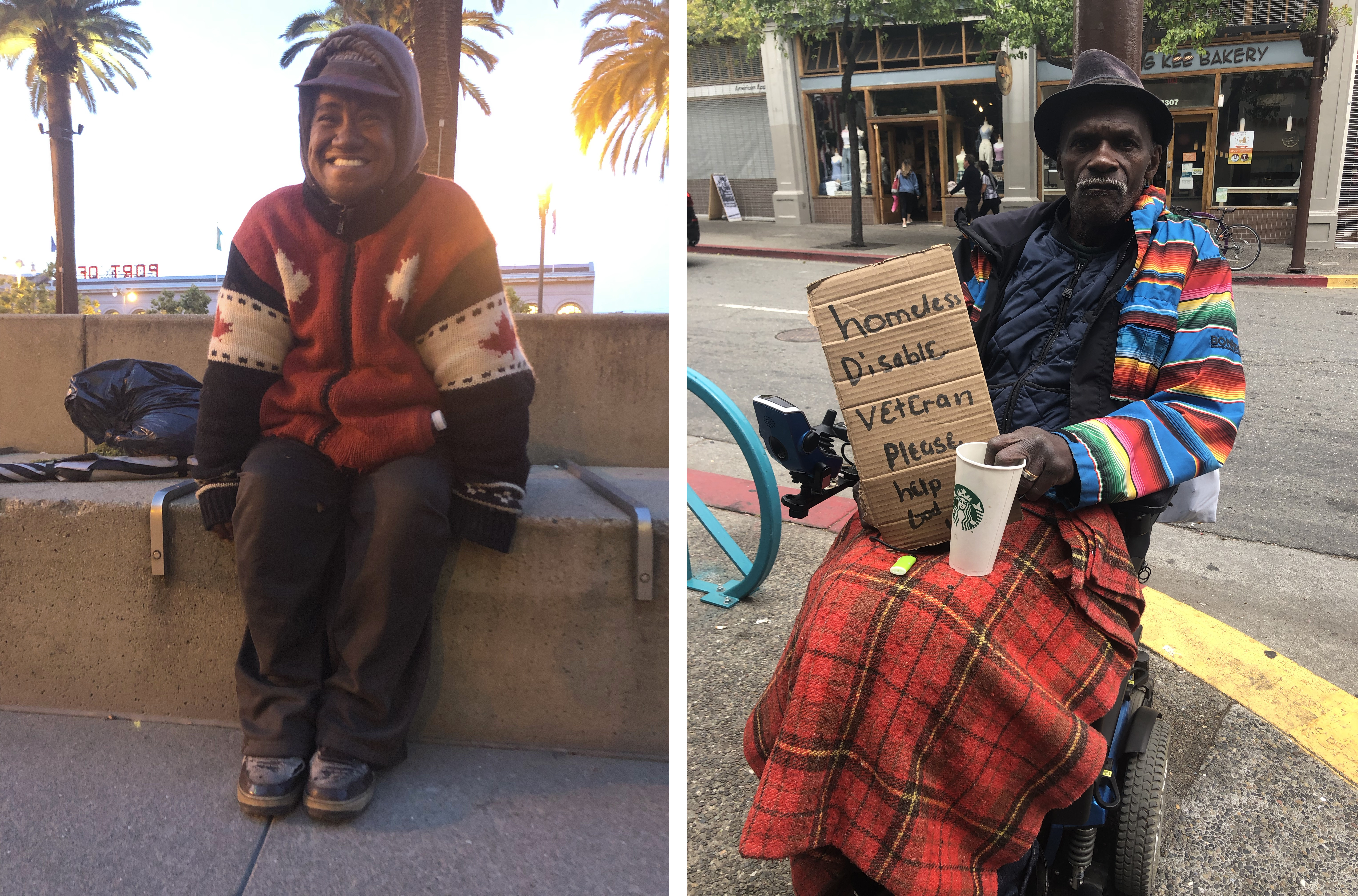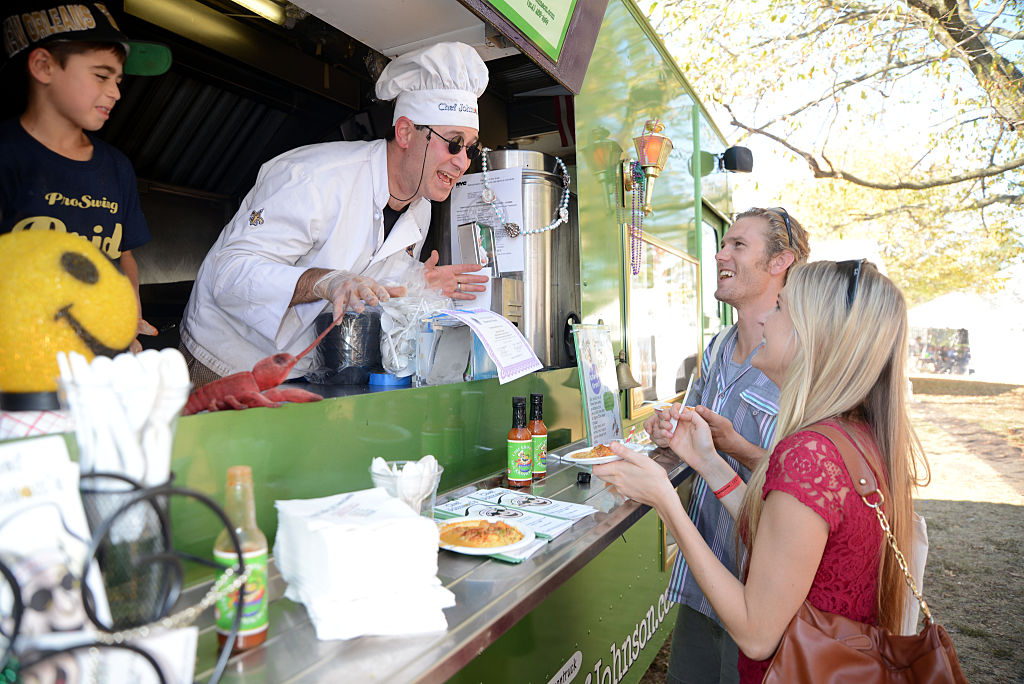Why Don’t We Just Give Jobs to Homeless People?

The season of giving is upon us, which often reminds people of the less fortunate in the world. Food banks report record giving of both edible items and monetary donations during the holidays, which can often keep the organizations going months into the new year. The urge to keep someone’s stomach full during winter cold helps homeless people make it through, but what can help beyond that? How about also providing them with jobs?
Mayor Richard Berry of Albuquerque, New Mexico has been doing just that. In trying to move away from punitive approaches to homelessness, his office has been working in conjunction with Saint Martin Hospitality Center to create a new kind of job-opportunity program. Through the program, a van is driven around that offers to pick up visibly homeless individuals to go do day-labor work. Workers get paid above minimum wage.
Saint Martin also offers a variety of other services that homeless or poor people can take advantage of, meaning that the job opportunity is part of a larger system of support to get folks back on their feet. So far, 37 other cities have already called Albuquerque to learn more about how the van program works.
An organization in London called Change Please had a similar idea. Change Please drives a fleet of coffee trucks around the city and staffs them with people struggling with homelessness. In working on a Change Please truck for six months, baristas learn valuable job skills that will help them gain more permanent employment in the future.
Spokespersons from both Change Please and the Saint Martin initiative admit that their efforts are small at present, impacting a few dozen homeless folks at a time. In reality, there are thousands of people in each city who could benefit from the same kind of assistance. But both places seem to provide models that others could follow in providing more job opportunities to low-income families and individuals in the long term. Perhaps small scale isn’t such a bad way to start?
Photo credit: Alex Wong/Getty Images
—
—
Stefani Cox is a writer and urban planner based in Oakland, CA. She holds a master’s in City and Regional Planning from UC Berkeley and a bachelor’s in Human Biology from Stanford University. In her free time she is often found reading diverse literature, writing stories, or enjoying the outdoors. Follow her on Twitter:@stefanicox





